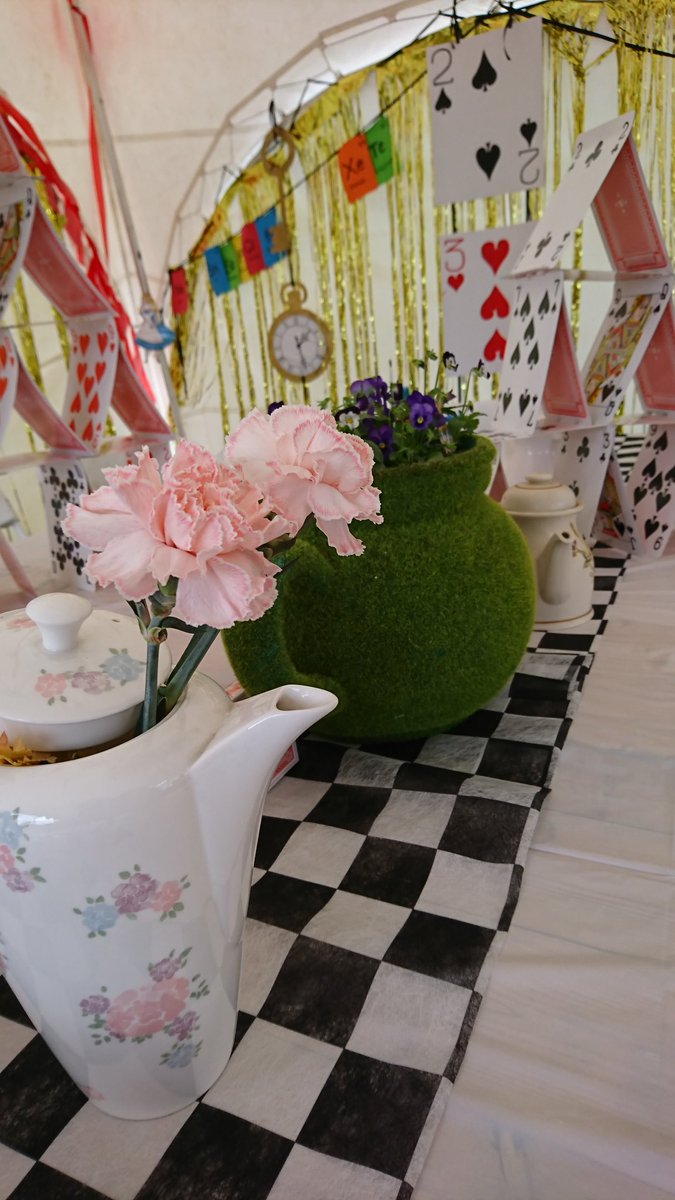Blog post by Dr Colette Matthewman
Over the past decade, synthetic biology has focussed much of its effort on microbial chassis as platform for bioproduction. The single cell simplicity and rapid life-cycles of these organisms, the prevalence of biological tools and the existing industry infrastructure for fermentation have made microbes a tempting playground for synthetic biologists wishing to make a range of chemicals and biomolecules, from flavours and fragrances to distributed manufacturing of highly complex metabolites for medicine, and an increasing number of companies are finding success in this arena (e.g. Ginkgo Bioworks, Amyris, Evolva, Antheia).
More recently, plants have been showing serious promise as viable production platforms for complex chemicals and biomolecules which in many cases simply can’t be made in single celled microbes. This year, the OpenPlant Forum explored some of the latest advances in plant bioproduction with inspiring talks from invited speakers and OpenPlant researchers highlighting a promising and exciting future for plant synthetic biology.
OpenPlant post-doc Ingo Appelhagen presents his work on anthocyanin pigment production in plant cell cultures.
The first morning of the Forum focused on tools for refactoring regulation and simple test platforms for plant synthetic biology. Prof. Ian Small (University of Western Australia) opened the meeting with a keynote on the potential for using engineered RNA bonding proteins to control organelle gene expression. OpenPlant PI, Prof. Paul Dupree described research in his on engineering of polysaccharide structures in plants. We also had the first examples of plant production platforms: Dr Ingo Appelhagen presented his recently published work on the production of colourful anthocyanin molecules in plant cell cultures, while Dr Eva Thuenemann introduced the HyperTrans system developed in the Lomonossoff lab at the John Innes Centre for the transient expression of proteins in Nicotiana benthamiana, a wild relative of tobacco. Eva is working on plant-based production of a protein that could be used in a vaccine against East Coast Fever, a devastating disease in cattle in Africa. The HyperTrans platform is used by the Lomonossoff lab and recently established company Leaf Expression Systems to produce therapeutic proteins and virus-like particles for vaccines, including recent work on a new vaccine for the eradication of Polio.
The afternoon session explored the cutting edge in production of complex plant-derived natural products in yeast, with a keynote from Prof. Christina Smolke (Stanford University), followed with an insight into the engineering of triterpene production in N. benthamiana by Dr James Reed in the Osbourn lab (John Innes Centre), recently reviewed in Plant Cell Reports. These projects rely heavily on chemical and enzymatic biodiversity in nature. Dr Sam Brockington (University of Cambridge) talked about harnessing the global network of botanic gardens for access to plant diversity for metabolic engineering and synthetic biology, introducing a global database of living plant, seed and tissue collections called “Plant Search” – a perfect sedgeway into a panel discussion on Harnessing Global Biodiversity where Sam was joined by Dr Nicola Patron (Earlham Institute), Mr David Rejeski (Environmental Law Institute), and Dr Jenni Rant (SAW Trust). The discussions ranged from public opinion on synthetic biology (explored through the Global Garden workshop) and benefit sharing and dematerialisation, through to how blockchain (like the bitcoin) is being used in environmental contexts and whether blockchain technology trends can be applied to create/assign value for biodiversity.
Prof. Ralf Reski with his moss bioreactors
Day two of the Forum continued on a theme of “Tools for Metabolic Engineering” with Prof. Claudia Vickers (University of Queensland) opening by introducing the Future Science Platform in Synthetic Biology that she leads at CSIRO, as well as numerous tools developed in her research lab. Claudia was followed by a trio of OpenPlant postdocs describing analysis to unravel the genetics of divergent metabolic pathways in Brassicaceae (Dr Zhenhua Liu), a search for new synthetic biology tools based on diversity of natural triterpene oxidation (Dr Michael Stephenson) and tools for engineering Marchantia’s chloroplasts (Dr Eftychis Frangedakis).
Moving on from the tools, we explored further plant-based bioproduction platforms, starting with an inspirational keynote from Prof. Ralf Reski (University of Freiburg) on the moss Physcomitrella patens that Ralf’s lab has established as a production platform for biopharmaceuticals, leading to foundation of the company Greenovation, which produces moss-aGal (agalsidase) for the treatment of Fabry disease, a rare but painful and potentially deadly disease. Subsequently, we heard from Prof. Alison Smith (University of Cambrige) about “Designer algae” and work towards predictable metabolic engineering in microalgae, and from Dr Eugenio Butelli (John Innes Centre) about the Tomato as a biofactory for making health promoting flavonoids.
The Forum was wrapped up for this year with a session on Sharing and Techno-Social Platforms, with an introduction from OpenPlant’s Prof Jim Haseloff, followed by Dr Linda Kahl (BioBricks Foundation) on the latest with the Open Material Transfer Agreement (Open MTA) which has been developed in collaboration with OpenPlant to enable sharing of DNA parts (publication coming soon!). Next up, Dr Joanne Kamens from not-for-profit plasmid distribution company, Addgene, revealed the freshly launched plant resource page and spoke about the upcoming adoption of the Open MTA as an option under which plasmids can be shared. Finally, Dr Richard Sever from bioRxiv spoke about preprint opportunities for synthetic biology.

![[Closes 24 Nov 2107] Apply now to the OpenPlant Fund!](https://images.squarespace-cdn.com/content/v1/54a6bdb7e4b08424e69c93a1/1509564315902-TUO4I6QRWI9TT8UGSIAJ/OpenPlantTwitter_400x400+%281%29.jpg)

![[Closes 7 Mar 2017] OpenPlant Research Associate (Haseloff Lab)](https://images.squarespace-cdn.com/content/v1/54a6bdb7e4b08424e69c93a1/1486552818859-FH76MCA8SMFU93WB85RX/OpenPlantTwitter_400x400.jpg)








